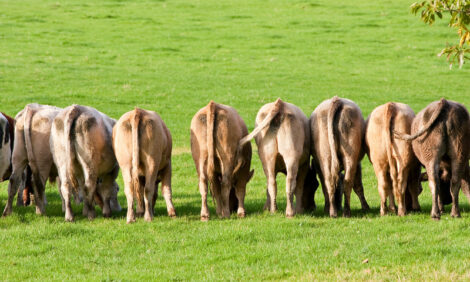



Bovine Anaemia Detected in Western Australia
AUSTRALIA - Producers are advised that anaemia in cattle has been detected on two properties in the Southern Agricultural Region.Department of Agriculture and Food animal disease control manager Mia Carbon said the disease, caused by a variant of the blood parasite Theileria orientalis called ikeda, had not been found previously in Western Australia. It had been present in eastern Australia since 2005.
“Bovine anaemia due to Theileria orientalis group (BATOG), is now considered endemic in many coastal regions of New South Wales, Victoria and Queensland,” Dr Carbon said.
“BATOG typically affects a small number of cattle in a mob, but affected cattle can have death rates of up to 30 per cent.
“Young cattle (2 – 3 months), late pregnant and recently calved cows are most likely to be affected by BATOG.
“Animals remain infected for life and disease can re-emerge during periods of stress, particularly around late pregnancy and early calving.”
Dr Carbon said the main method of disease spread was thought to be via bush ticks and possibly other native ticks.
“There is also potential for spread via biting insects and animal management techniques that may transmit blood, such as vaccination without changing needles between animals,” she said.
“Producers are advised to contact their private veterinarian if cattle show signs of BATOG, which include anaemia, jaundice, fever, behavioural change, laboured breathing, blood in the urine, abortion or sudden death.”
Dr Carbon said there were no import restrictions or movement controls for cattle with BATOG in WA.
The department has produced factsheets on the disease for cattle producers and veterinarians available at agric.wa.gov.au (search ‘BATOG’).
TheCattleSite News Desk


